As a passionate outdoors enthusiast and a seasoned hunter, I’ve always been on the lookout for gear that gives me a clear advantage in the field. When I heard about the Pulsar Axion Key Thermal Monocular, I was immediately intrigued.
For years, thermal imaging has been an invaluable tool, but the devices were often bulky, complex, and came with a hefty price tag. The Axion Key, however, promised something different a compact, no-nonsense thermal monocular designed for pure performance and ease of use.
I was particularly drawn to its pocket-sized design, which seemed perfect for my one-handed operation needs. The impressive detection range of the XM30 model, combined with its simple, intuitive interface, convinced me that this was the ideal tool for spotting game in the dead of night or quickly scanning a field from my stand. The focus on core functionality without the distractions of recording or Wi-Fi was exactly what I needed a reliable workhorse that does one thing and does it exceptionally well.

| Spec / Feature | Pulsar Axion Key (e.g. XM30/XM22 Key) | FLIR Scout II-320 | ATN OTS-HD 384 (2-8×, 25 mm / or 1.25-5×, 19 mm versions) |
|---|---|---|---|
| Sensor resolution | 320 × 240, 12 µm pixel pitch. | 336 × 256 VOx (Scout II-320) | 384 × 288 HD core. |
| Frame rate / Refresh | 50 Hz refresh. | < 9 Hz (NTSC / export / older version) for many Scout II-320 units. | Depends on version: many HD units do ~30 fps video record; some “Smart HD / OTS-HD” models do 30 fps. |
| Magnification / Lens & FOV | ~2.5-10× (digital + optical) magnification. Objective lens ~24-30 mm depending on model. FOV relatively narrow at high zoom. | Fixed focal length 19 mm, FOV ~17°×13° NTSC, no big zoom (digital zoom 2× sometimes) | Versions like 2-8×25 mm Optical; FOV ~12° × 9.5° for 2-8× model. Other versions (1.25-5×19 mm) have wider FOV. |
| Recording / Connectivity | Key models do not include video recording or WiFi streaming; more basic in that sense. | No onboard recording; has video-output (NTSC/PAL) for display output. | Full-HD or high resolution photo/video recording; built-in WiFi for streaming / app control; GPS / geotagging in many units; on-board microSD storage etc. |
| Detection/Useful Range | ~1,300 yards (~1,200 m) detection for large (man-sized) targets under good conditions. | ~550 yards (~500 m) detection for man-size target for Scout II-320. | Depending on magnification, detection distances vary: 800-1000 m in many cases; ~800 m detection quoted for ATN OTS-HD 2-8×25 mm version. |
| Battery life / Power | About 4 hours in many models (Key models) with Li-ion APS3 battery. | >5 hours internal | Moderate to good battery life, likely ~8 hours (varies by magnification, features used, brightness, WiFi etc.). |
| Ruggedness / Weight / Build | Magnesium alloy body; IPX7 waterproof rating. Lightweight (~250-300 g); compact size. | Scout II-320 is weather-tight / rugged, IP67 etc; ~12 oz (~340 g) weight. | Heavier / bulkier than Scout and Axion Key if using larger lens; solid build; weather resistant. Some models weigh over 1.5 lbs for large lens versions. |

As an experienced user of thermal optics, I’ve had the opportunity to spend significant time with the Pulsar Axion Key XM30. It’s a device that sits in a specific, highly competitive niche: the entry-to-mid-level thermal monocular market. My goal with this review is to move beyond the marketing hype and provide a detailed, technical analysis of its capabilities, ergonomics, and overall value.
The XM30, as a member of the “Key” series, is distinct from the standard Axion models by its deliberate omission of certain features namely, video recording and Wi-Fi connectivity. This decision, as I’ve found, is both its greatest strength and a key point of consideration for potential buyers.
Core Technical Specifications: The Anatomy of a Thermal Monocular
To understand the XM30, you must first understand its foundational components. The device is built around a few critical technical specs that dictate its performance.

Microbolometer Sensor: The heart of the unit is a 320×240 pixel uncooled microbolometer sensor with a pixel pitch of 12 µm. This is a crucial technical detail. The pixel pitch is the distance between the center of two adjacent pixels. A smaller pixel pitch, like the 12 µm found here, allows for a more compact sensor size while maintaining a competitive resolution. In the past, 17 µm was the standard for this class of device, and the move to 12 µm represents a significant leap in thermal technology efficiency, allowing for smaller, lighter devices without sacrificing detection range. While some higher-end units might use a 640×480 pixel sensor, the 320×240 resolution combined with the 12 µm pixel pitch provides a solid balance of detail and performance for the price point.
Refresh Rate: The sensor operates at a refresh rate of 50 Hz. This is a non-negotiable feature for serious use. A 50 Hz refresh rate means the image is updated 50 times per second, which results in smooth, fluid motion. This is in stark contrast to cheaper, export-restricted devices (often from US manufacturers) that are limited to a jerky 9 Hz refresh rate. For tracking moving targets whether an animal in the woods or a person across a field a high refresh rate is essential to prevent motion blur and image lag.
Display: The Axion Key XM30 utilizes an LCOS (Liquid Crystal on Silicon) display with a resolution of 960×720 pixels. While not as vibrant or high-contrast as an AMOLED display, an LCOS screen is more than sufficient for thermal viewing. Its primary function is to render the thermal data clearly, and at 960×720 resolution, the LCOS screen provides a sharp and detailed image, eliminating the “pixelated” or “blurry blob” effect common in older or lower-resolution thermal devices.
Magnification and Field of View: The monocular has a base optical magnification of 2.5x and a digital zoom that extends up to 10x (4x digital zoom). The optical magnification is perfect for general scanning, offering a wide field of view of 7.3° (approximately 12.8 meters at 100 meters). The digital zoom is a secondary tool. While it increases magnification, it does so by digitally “stretching” the existing pixels, which can lead to a loss of image clarity. It’s best used for positive identification at closer ranges rather than for long-distance observation.
Detection Range: The Pulsar Axion Key XM30 is officially rated for a detection range of 1,200 meters for a human-sized object. It’s crucial to understand that “detection” is not “identification.” This means you can see a heat source at that distance, but you will not be able to tell what it is. In my experience, a realistic identification range is closer to 200-300 meters, which is still exceptional for a device of this size and price.
Design and Ergonomics: The Field-Ready Form Factor

One of the most appealing aspects of the Axion Key is its physical design. It’s a truly pocket-sized device, weighing a mere 250 grams. This lightweight, compact form factor is a game-changer for extended field use.
Housing: The monocular features a robust magnesium alloy housing. This material choice is a smart one, as it provides a perfect balance of durability, lightweight construction, and thermal conductivity. The housing helps to dissipate heat from the internal components, which is critical for a thermal sensor’s performance. It also gives the device a premium, solid feel.
IPX7 Waterproof Rating: The IPX7 rating means the monocular is protected from water ingress in a controlled environment. Specifically, it can withstand submersion in up to one meter of water for 30 minutes. In practical terms, this means the device is completely safe to use in heavy rain, snow, or if it’s accidentally dropped in a shallow stream. It provides significant peace of mind for anyone using it in wet conditions.
Power and Battery: The Axion Key XM30 uses a proprietary APS3 battery pack. This is a fantastic system. The batteries are removable and can be swapped out in seconds, allowing for quick field changes. A single charge provides up to four hours of continuous operation. The device also has an “Instant Start-Up” feature, which powers the unit on in a matter of seconds, saving battery life by allowing you to keep it off when not in immediate use. You can also charge the device or power it externally via a standard USB port, which is a great feature for long stakeouts.
Performance in the Field: A Practical Analysis
The true test of any thermal monocular is its performance in the field. The Axion Key XM30 excels in its intended role as a thermal spotting tool.

Image Quality and Clarity: The 12 µm sensor and LCOS display work in tandem to provide a crisp, detailed image. While it might not match the clarity of a 640-resolution device, it’s more than enough for its intended purpose. The image is smooth and fast, thanks to the 50 Hz refresh rate. The thermal palettes which include White Hot, Black Hot, and various color palettes are a core feature. I’ve found White Hot to be the most versatile for general scanning and detection, while Black Hot is often superior for identification and reducing eye strain during prolonged use.
User Interface: The interface is refreshingly simple. With just a few buttons on the top, navigation is intuitive, even in complete darkness. The menu system is a breeze to use, and functions like digital zoom and color palette changes are instantly accessible. This is a huge benefit for a device designed for quick, spontaneous use.
PiP Mode: The Picture-in-Picture (PiP) mode is a great feature. It displays a small, magnified window at the top of the screen, allowing you to get a zoomed-in look at a specific area without losing your main, wider field of view. This is invaluable for scanning a wide area for heat signatures and then quickly zooming in to identify the target without having to navigate a full-screen zoom.

Pros:
- Highly Portable
- Solid Performance
- Durable Build
- Long Detection Range
- Excellent Value
- Fast Start-Up
Cons:
- No Recording
- No Wi-Fi
- Fixed Focus
- LCOS Display
- Proprietary Battery

Why should choose Pulsar Axion Key Thermal Monocular
“The Pulsar Axion Key is an excellent choice for anyone who values a balance of high performance, portability, and value. Its incredibly compact and lightweight design makes it a true pocket thermal, while its powerful 12 µm sensor and smooth 50 Hz refresh rate deliver a crisp, fluid thermal image that rivals more expensive units.
Built with a durable, all-metal housing and an IPX7 waterproof rating, it’s designed to withstand all weather conditions, providing long-term reliability. With a fast start-up time and the ability to detect heat signatures up to 1,200 meters, it is a highly effective spotting tool for a variety of uses.
While it forgoes features like video recording and Wi-Fi connectivity to achieve its competitive price point, its core performance makes it a leader in its class.”
FAQs
What is the main difference between the Pulsar Axion “Key” model and other standard Pulsar Axion models?
The primary distinction lies in its feature set. The “Key” series is specifically designed for users who prioritize core thermal performance and portability over extra features. To achieve its competitive price point, the “Key” model deliberately omits video/photo recording capabilities and Wi-Fi connectivity, which are found on other Axion models.
How good is the image quality and refresh rate?
The monocular provides a crisp, fluid image thanks to its high-quality 320×240 pixel sensor with a 12 µm pixel pitch and a 50 Hz refresh rate. The 50 Hz refresh rate is particularly important, as it ensures smooth motion and prevents image lag, making it excellent for tracking moving targets. While the LCOS display is functional, it provides a sharp image that is more than sufficient for its intended purpose.
What is the real-world detection and identification range?
The Pulsar Axion Key XM30 is rated for a detection range of 1,200 meters for a human-sized object. It’s important to note that “detection” means you can see a heat source, but not necessarily what it is. For positive identification, a more realistic range is between 200 and 300 meters, which is still exceptional for a device of its size and cost.
How long does the battery last, and what kind does it use?
The device uses a proprietary APS3 battery pack, which is removable and designed for quick field swaps. A single battery provides up to four hours of continuous operation. The monocular also features an “Instant Start-Up” function, which helps conserve battery life by powering on the unit in a matter of seconds. Additionally, you can charge or power the device externally using a standard USB port.
Final Thought
When compared to its contemporaries, the Axion Key XM30 holds its own. It easily surpasses older, low-refresh-rate devices like the FLIR Scout TK, which often produce a jerky, pixelated image. It provides a more reliable and user-friendly experience than many other budget-friendly thermal units.
The Pulsar Axion Key XM30 is a purpose-built device. It is not designed to be a jack-of-all-trades. Instead, it is a master of one: being a straightforward, high-performance thermal spotting tool. Its lack of recording and Wi-Fi features is a conscious design decision that allows it to be so affordable while maintaining a powerful sensor and display.
My final verdict is that the Pulsar Axion Key XM30 is an outstanding choice for the user who values pure thermal performance and portability above all else. For the hunter who simply needs to spot game, the hiker who wants to observe wildlife, or the landowner who wants to monitor their property, this device is more than sufficient.
It’s a reliable, rugged, and exceptionally well-priced tool that proves you don’t need all the bells and whistles to get a job done effectively. If you’re looking for your first serious thermal monocular and don’t care about video, this is where you should start your search.
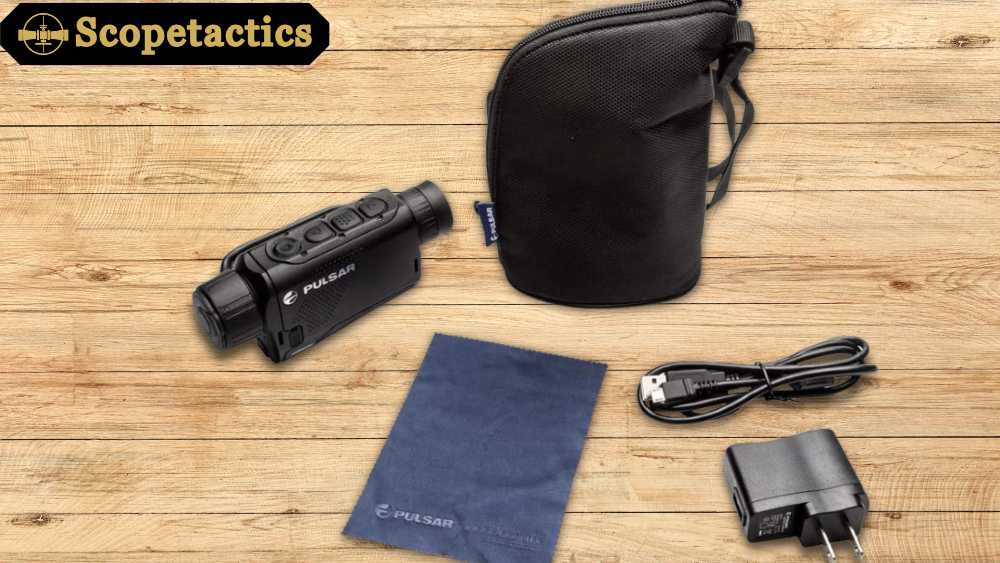






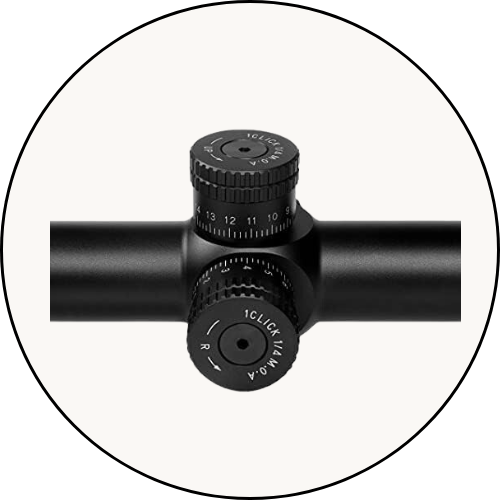
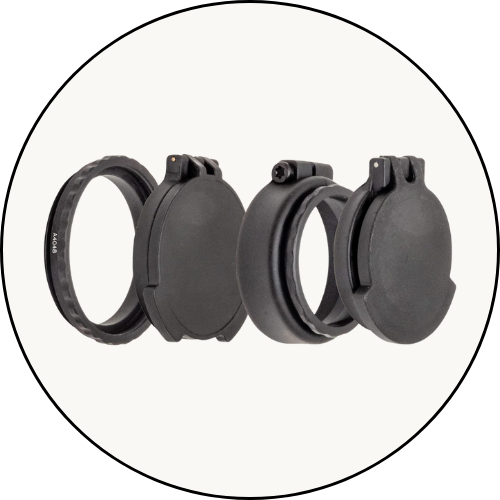
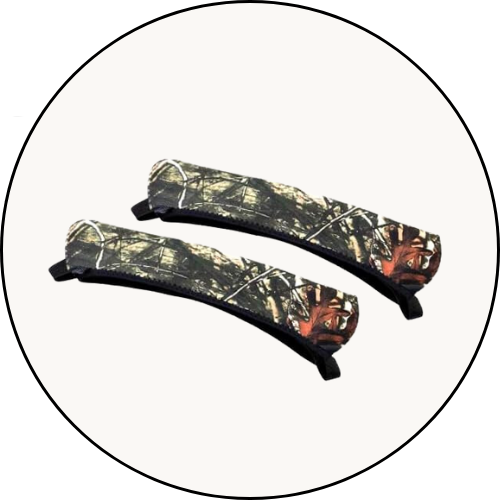
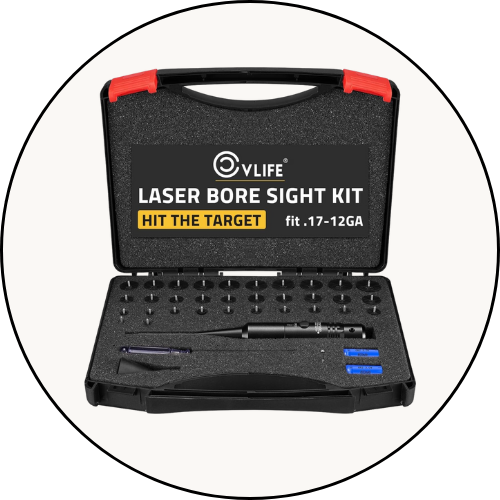
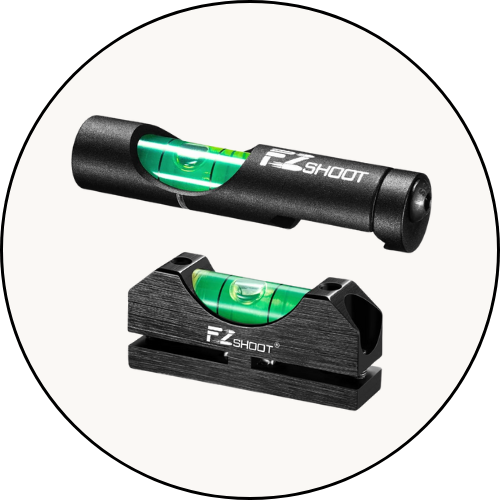
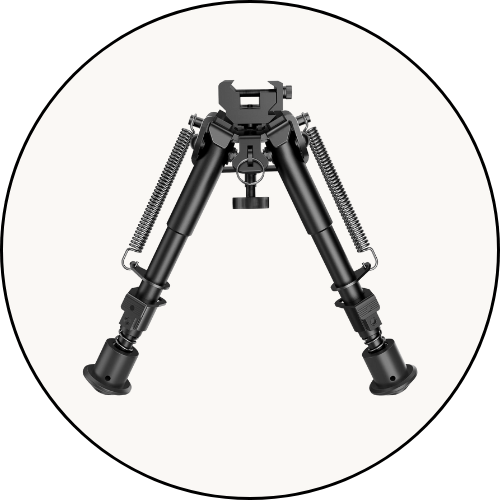
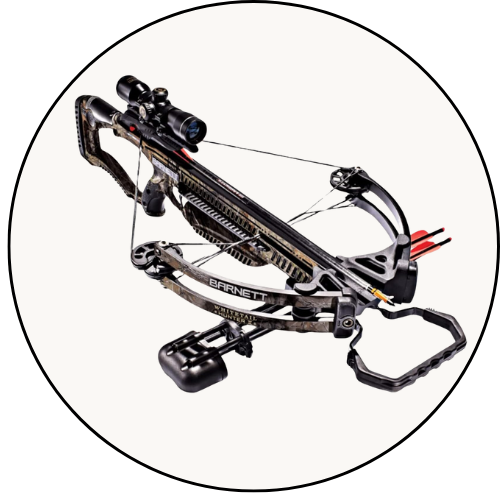
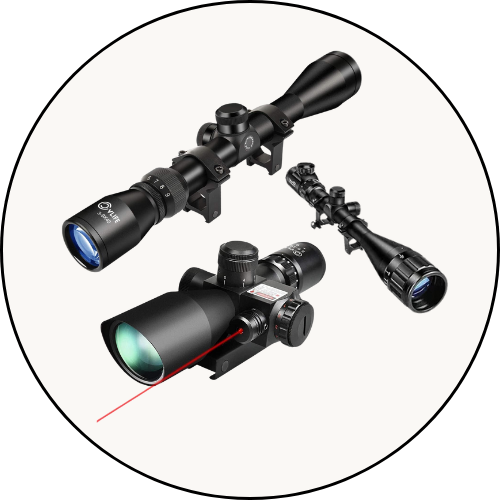
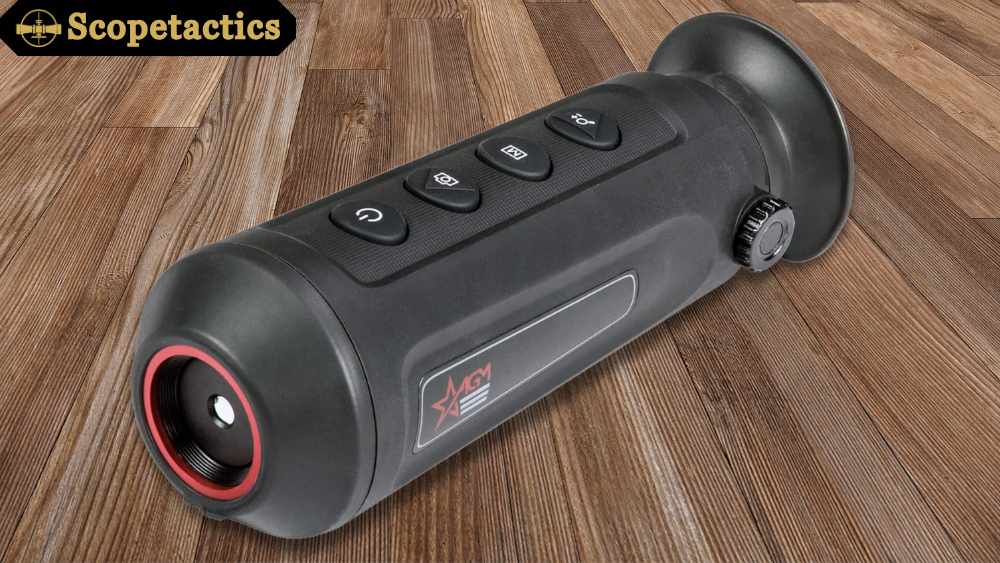
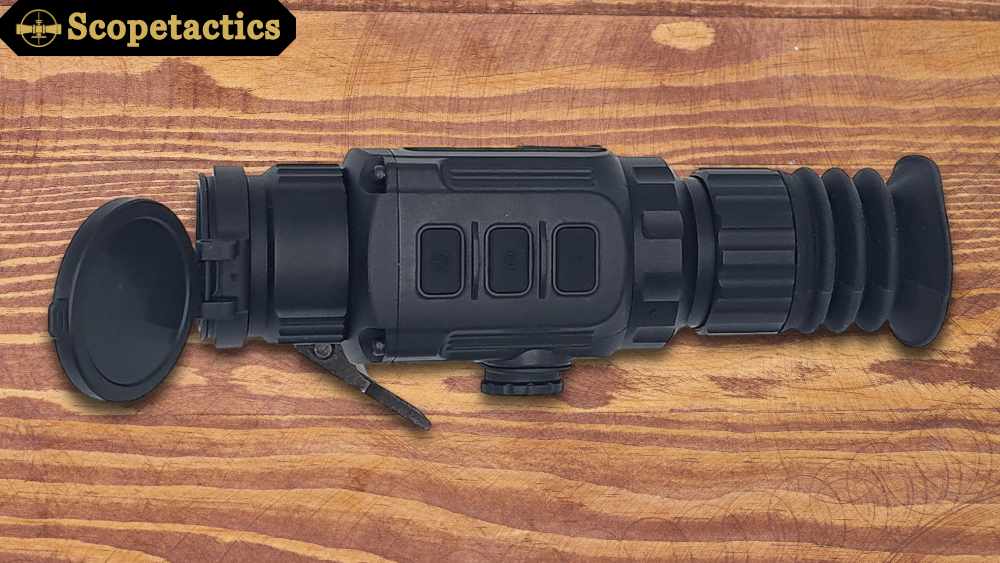
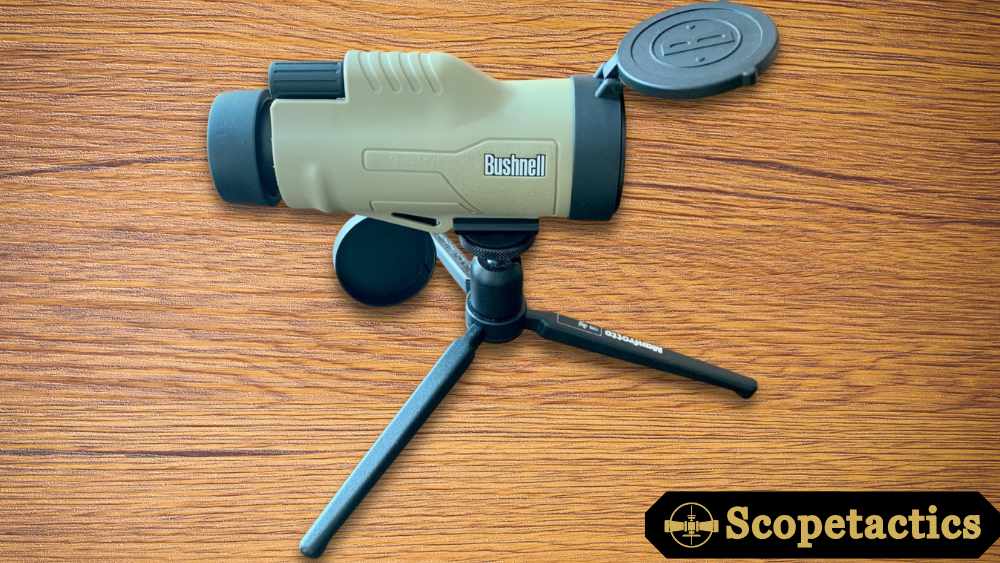
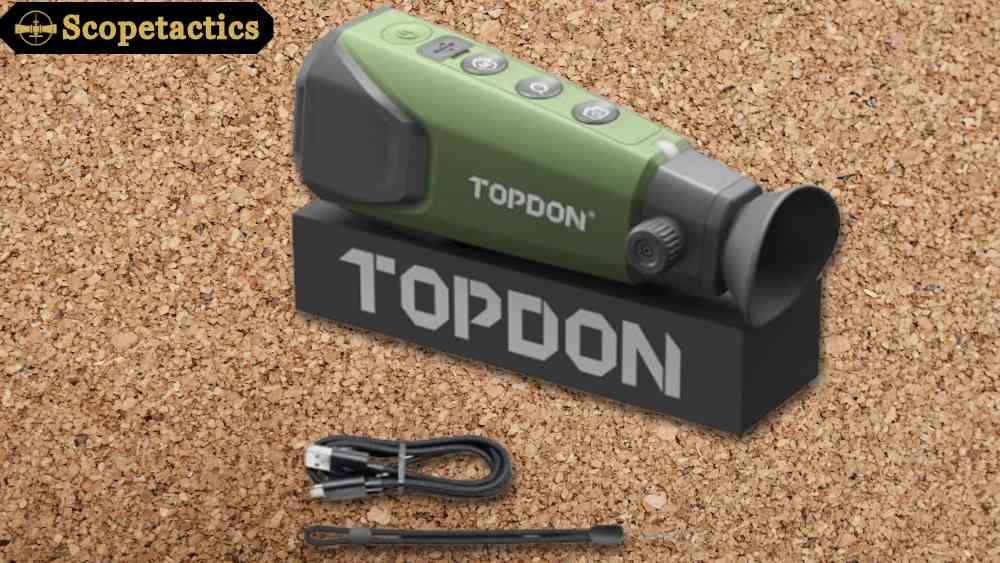
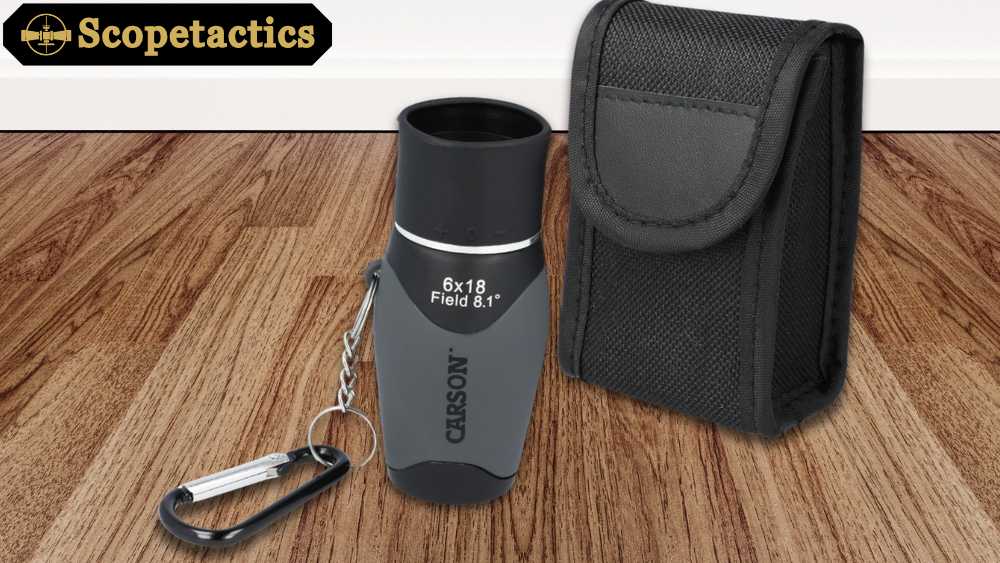
Leave a Reply